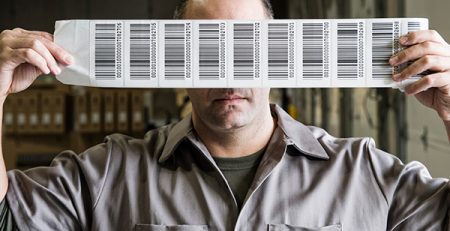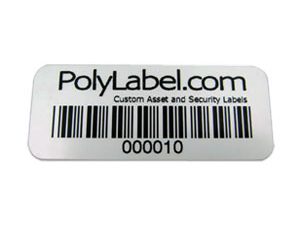How to Apply Asset Labels
Applying asset labels or asset tagging is a method of attaching identification labels or tags, generally known as asset tags. They are applied to both move-able and fixed assets. Typically, they are printed bar codes that are scanned by a handheld scanner or a smartphone via dedicated software applications. The barcode contains relevant data relating to the location, history, and maintenance required of the asset.
Asset tagging is most commonly used in inventory management, and for managing repair and maintenance processes. Asset labels are used in various sectors, such as industries, education, healthcare, defense, warehousing, manufacturing, and utilities.
How To Apply Asset Labels
To apply streamlined asset labels, the following steps are essential to the system.
1. Asset Type Identification
Creating a categorization system for assets is an important step that requires the grouping of assets based on costs, uses, departments, or any other factors. Accounting systems generally include both intangible and tangible assets but asset tagging relates to only tangible assets.
Categorizing the assets will ensure that the physical asset categorization corresponds to the accounting system, which makes it simpler to integrate. Tangible asset categories may include:
- Office Furniture
- Computers and Laptops
- Audio/Visual Equipment
- Technical Equipment like Air Conditioning or Power Supply Units
2. Assign a UIN (Unique Identification Number)
Each tangible asset must have a UIN to make tracking accurate and easy. This unique number given to each asset separates them from other assets of the same type and category. Assigning a unique number helps in managing processes like maintenance, accounting, and reordering.
3. Determine the Kind of Asset Label
Several kinds of asset tags and labels are available, each designed for a specific purpose. For instance, there are durable asset labels suitable for those assets which are exposed to rough or harsh conditions. Security asset labels are suitable for physical assets of high-value that may be exposed to tampering or theft. These factors must be taken into consideration while determining the most suitable type of asset tag for a particular asset or category.
4. Enter Associated Information
Each transaction relating to the asset must be recorded into the tracking system, along with detailed information associated with the asset. To make the process more efficient, organizations must maintain relative documentation outlining how the assets are categorized, when and how the assets are to be tagged, what kinds of assets tags to apply for certain physical assets and the process of data entry.
5. Attach Asset Tag
The attachment process may vary depending on the kind of physical asset and tag. While some asset labels may require pressure-sensitive adhesives, others may require mechanical attachments. Certain asset labels use both the method of attaching tags to the item.
6. Execute Process of Data Verification
This step is extremely crucial and it involves verification of assets from two different data points, the serial number and the barcode of the product. This helps in mitigating data breaches and ensures verifiable accurate asset tagging. Implementation of a reliable asset labeling method ensures that the physical assets are consistently categorized and tracked, which makes it easier to locate them.
Asset tags are an important tool that identifies individual assets. They are durable and can withstand any environmental conditions, unlike other paper-based tags that fade or fall off when exposed to snow, rain, or UV over the years. Manual data entry is not required in asset tagging which enables efficient and accurate inventory tracking.
If your ready to purchase asset label this visit our online store.
If you would like more information on purchasing asset labels, then contact us directly at 519-743-3422 or fill out our contact form.






